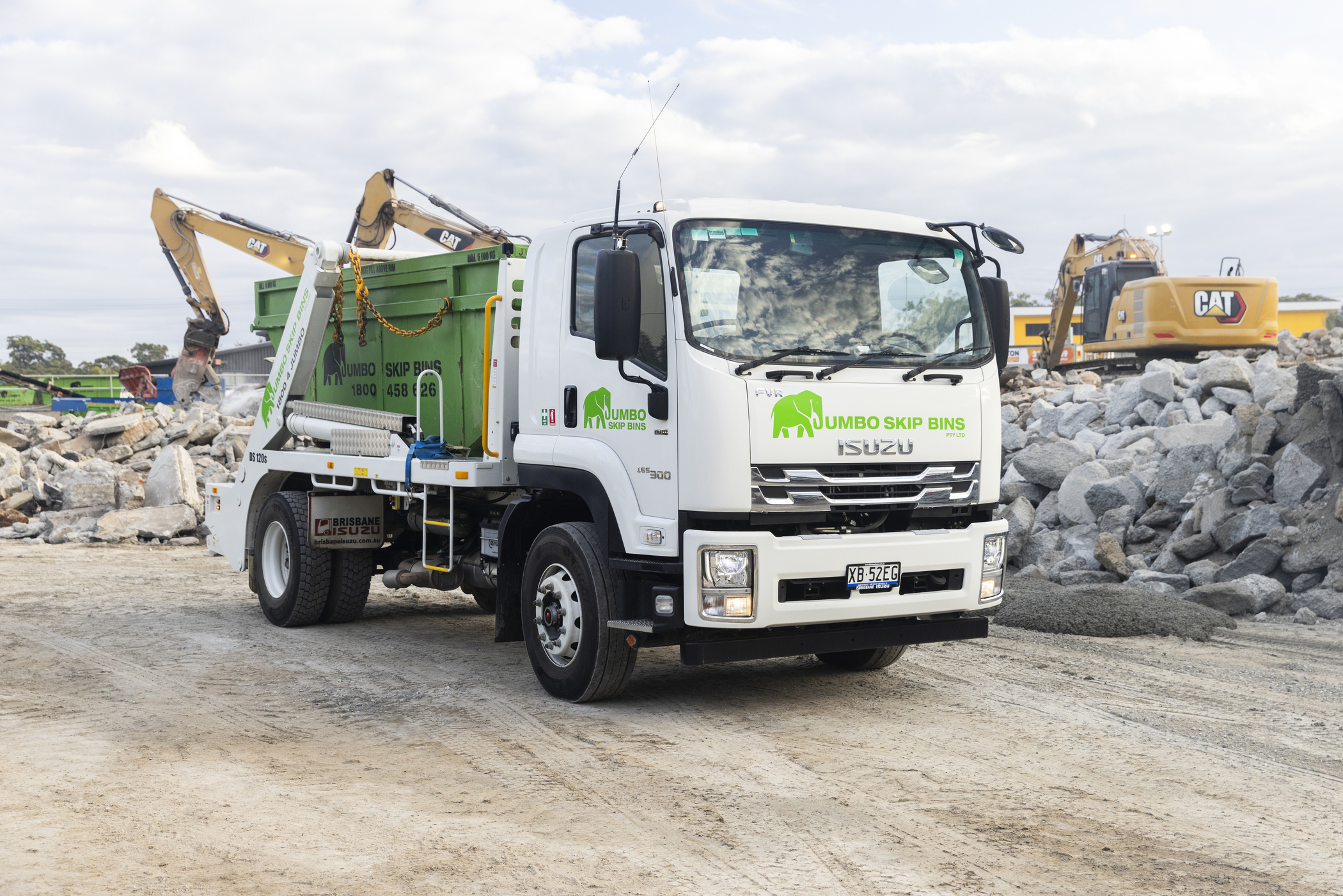The Handy Winter Fleet Maintenance Guide

Summer months in Australia are known to many as long and harsh, but some states across the country are also faced with dry, windy and unforgiving winters. Winter temperatures can dip down to below freezing and that can not only be difficult on people, but also wreak havoc on our trucks and equipment.
Care should be taken to ensure proper supervision, which includes regular maintenance and servicing, without which winter can settle into your trucks and affect its performance—and in turn affect your pockets. When dealing with capital equipment, like trucks, where safety is a priority, it becomes vital that your rig is in tip-top shape to keep both drivers and other road users out of harm’s way. And, as we all know too well, downtime of any kind is costly, so we’ve put together a precautionary checklist to help keep your equipment in shape and downtime at bay. Tyres
Double- and triple checking the tread on your truck’s tyres is a critical safety measure, especially leading into winter when our roads are slippery from the rain and frost.
When the tyre tread is worn out, you run an increased risk of the vehicle aquaplaning. This occurs when all vehicle control is lost on a wet surface.
Make sure you check your tyres for bald patches, cracks, bulging and flat spots. If you spot any of these defects, consider replacing them immediately.
Battery
Extreme weather temperatures can affect your truck battery. Colder temperatures can cause vehicle batteries to run slower and can also decrease the battery’s power to start the vehicle.
Be sure to check the terminals and the cables are attached. Also, be sure to check for corrosion, cracks and general cleanliness as part of a weekly inspection.
If there’s foreign material in and around the battery housing, such as brake soot or grime, make sure it’s cleaned away regularly using a stiff brush.
Finally, make sure the battery fluid levels are topped up and the battery housing is intact and free from damage.
Engine
Engine oil is the life force of your truck, reducing friction and protecting the engine from corrosion and external contamination—overall ensuring the engine runs smoothly.
Winter weather is never good for the engine and can lead to engine oil thickening, which will pose problems for starting your engine.
It is important to carefully select the right engine oil viscosity, making it a point to use multi-grade/multi-viscosity oils during the cold months.
Cooling system
For those lucky enough to be heading to the snow this winter, adding antifreeze to your truck’s radiator is vital.
Basically, antifreeze lowers the freezing point of water-based liquids. In a vehicle, it works to prevent components from expanding and bursting when water freezes.
Make sure your antifreeze is replaced every year. Like engine oil, antifreeze loses its ability over time to lower the freezing point of water and can cause unwelcome corrosion.
Hoses and belts
It’s another part of motoring that’s not always obvious, but checking your belts and hoses for cracks, fissures or abrasions is worth the effort.
Engine belts tend to flex and stretch in the warmer weather or when placed under extreme pressure. And of course, the reverse is true when winter hits, increasing the likelihood of an untimely breakdown.
Wipers
Visibility is always an issue during the wetter months in winter, so make sure you check your wipers are working properly.
During the hot summer months, the rubber wiper inserts may have hardened or gone brittle, meaning they won’t work as well. Also, check the operation of your washers for blocked nozzles.
Tyres
Double- and triple checking the tread on your truck’s tyres is a critical safety measure, especially leading into winter when our roads are slippery from the rain and frost.
When the tyre tread is worn out, you run an increased risk of the vehicle aquaplaning. This occurs when all vehicle control is lost on a wet surface.
Make sure you check your tyres for bald patches, cracks, bulging and flat spots. If you spot any of these defects, consider replacing them immediately.
Battery
Extreme weather temperatures can affect your truck battery. Colder temperatures can cause vehicle batteries to run slower and can also decrease the battery’s power to start the vehicle.
Be sure to check the terminals and the cables are attached. Also, be sure to check for corrosion, cracks and general cleanliness as part of a weekly inspection.
If there’s foreign material in and around the battery housing, such as brake soot or grime, make sure it’s cleaned away regularly using a stiff brush.
Finally, make sure the battery fluid levels are topped up and the battery housing is intact and free from damage.
Engine
Engine oil is the life force of your truck, reducing friction and protecting the engine from corrosion and external contamination—overall ensuring the engine runs smoothly.
Winter weather is never good for the engine and can lead to engine oil thickening, which will pose problems for starting your engine.
It is important to carefully select the right engine oil viscosity, making it a point to use multi-grade/multi-viscosity oils during the cold months.
Cooling system
For those lucky enough to be heading to the snow this winter, adding antifreeze to your truck’s radiator is vital.
Basically, antifreeze lowers the freezing point of water-based liquids. In a vehicle, it works to prevent components from expanding and bursting when water freezes.
Make sure your antifreeze is replaced every year. Like engine oil, antifreeze loses its ability over time to lower the freezing point of water and can cause unwelcome corrosion.
Hoses and belts
It’s another part of motoring that’s not always obvious, but checking your belts and hoses for cracks, fissures or abrasions is worth the effort.
Engine belts tend to flex and stretch in the warmer weather or when placed under extreme pressure. And of course, the reverse is true when winter hits, increasing the likelihood of an untimely breakdown.
Wipers
Visibility is always an issue during the wetter months in winter, so make sure you check your wipers are working properly.
During the hot summer months, the rubber wiper inserts may have hardened or gone brittle, meaning they won’t work as well. Also, check the operation of your washers for blocked nozzles. Communication is key
One of the most important aspects of good fleet management is to maintain constant communications between fleet managers and drivers.
Not only does this foster good working relationships between the two parties, it also encourages prompt addressing and resolution of vehicle problems, thus avoiding major issues.
Fleet managers should also encourage safe driving during extreme weather conditions, which will help drivers when on the road. In addition, regular vehicle inspections and fostering safe driving techniques can assist drivers, vehicles and fleet managers to ensure safe and productive travels during winter.
Want to learn more about how to keep your battery alive in the extreme Australian weather? Check out our handy guide here.
Communication is key
One of the most important aspects of good fleet management is to maintain constant communications between fleet managers and drivers.
Not only does this foster good working relationships between the two parties, it also encourages prompt addressing and resolution of vehicle problems, thus avoiding major issues.
Fleet managers should also encourage safe driving during extreme weather conditions, which will help drivers when on the road. In addition, regular vehicle inspections and fostering safe driving techniques can assist drivers, vehicles and fleet managers to ensure safe and productive travels during winter.
Want to learn more about how to keep your battery alive in the extreme Australian weather? Check out our handy guide here.



Playtime’s over, get $3,500* to spend on extras.
If you’re ready to get serious about tackling bigger jobs, grab yourself an NLR 45-150 AMT SWB Traypack from the Ready-to-Work range for $62,990 drive away*. And to prove we aren’t playing, buy any NLR Traypack before June 30 and you’ll get $3,500* to spend on genuine accessories or an Essentials service agreement.
Learn more



